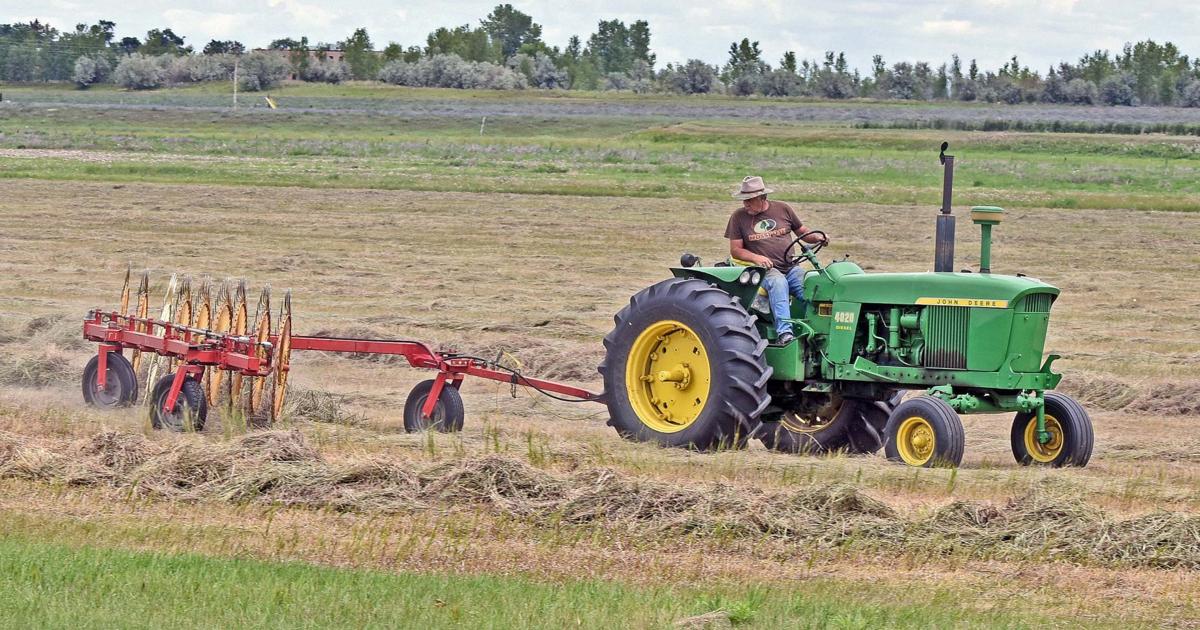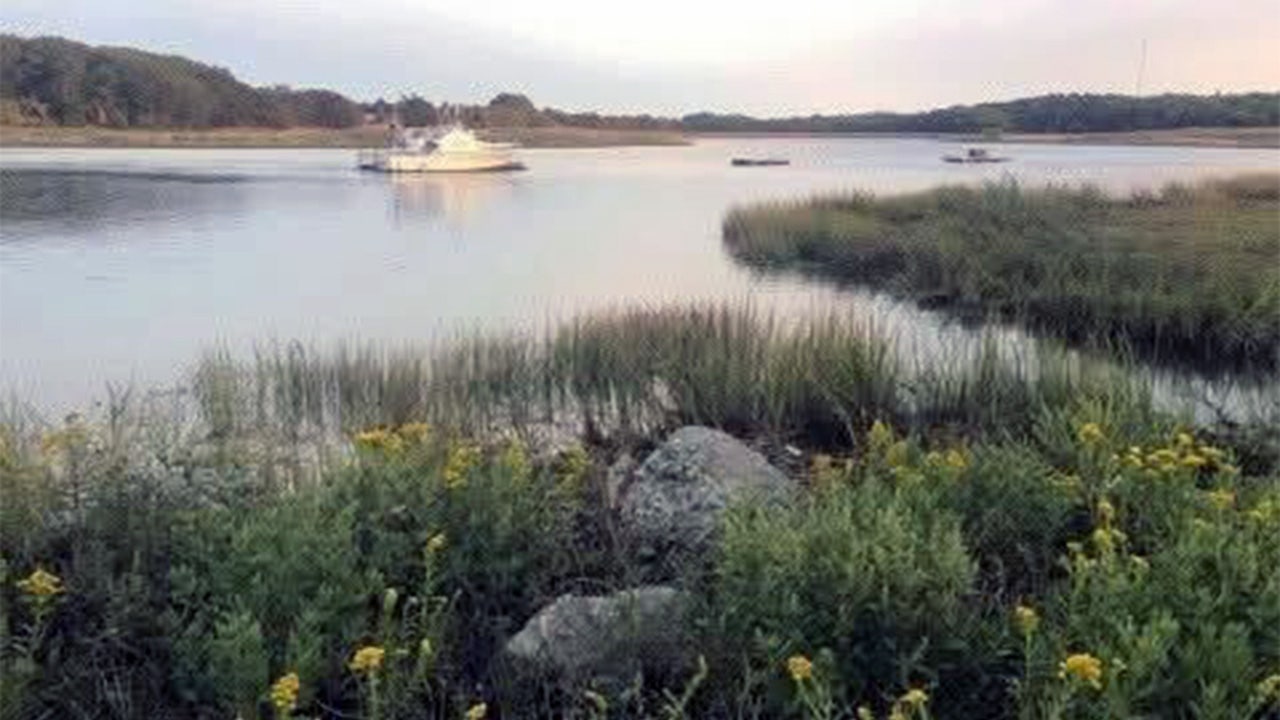North Dakota
Emergency CRP haying available in some North Dakota counties as drought expands

Some North Dakota counties are now eligible for emergency haying and grazing on Conservation Reserve Program acres, the state Agriculture Department announced Friday.
Eligible counties must have either been in severe drought for at least one week, but less than eight consecutive weeks, or have been granted county committee or state committee approval. Producers should check with their county Farm Service Agency office to ensure their acres are eligible.
Eligible counties are: Benson, Bottineau, Burke, Burleigh, Cavalier, Divide, Kidder, Logan, McHenry, McIntosh, McLean, Mountrail, Nelson, Pierce, Ramsey, Renville, Richland, Rolette, Sargent, Sheridan, Towner, Walsh, Ward, Wells and Williams.
“Unfortunately, certain areas of North Dakota have moved back into severe drought status or have lost significant forage production,” Agriculture Commissioner Doug Goehring said. “There is now another option available for our livestock producers who need more haying and grazing acres.”
Severe drought surfaced in North Dakota over the past week for the first time in five months. Large portions of the northern third of the state are now rated in that category, the middle of five degrees of intensity on the U.S. Drought Monitor map. Those areas make up about 7% of the state.
Much of the rest of the north and the southeastern corner of the state are in moderate drought, one step down on the scale. The rest of northwestern and eastern North Dakota are rated abnormally dry, the weakest category. About two-thirds of the state is in some form of drought.
The U.S. Drought Monitor is a partnership of the National Drought Mitigation Center, the National Oceanic and Atmospheric Administration, and the U.S. Department of Agriculture.

North Dakota
North Dakota wildlife officials urge caution to avoid animal collisions

FARGO — The North Dakota Game and Fish Department is urging drivers to use caution when traveling on roads near wildlife, especially in rural areas.
Deer and bears are commonly involved in vehicle crashes, with accidents most likely to occur between 5-7 a.m. and 7-11 p.m.
If a driver is close to hitting an animal, officials say it’s safer not to swerve. Swerving increases the risk of a more serious crash, such as a head-on collision or rolling into a ditch.
If a collision results in the animal’s death, drivers are only required to call 911 if someone is injured or if the animal creates a dangerous obstruction on the road.
“Just because one deer moves away from the road or one deer moves across the road doesn’t mean there aren’t more deer around there,” said Doug Leier, biologist with the Game and Fish Department. “Be very, very vigilant. Be watching. Just because you see one critter and it crosses or gets out of the way doesn’t mean that you’re necessarily safe.”
Leier recommends drivers stay alert and reduce speed in areas known for wildlife crossings.
Drew Berg started at The Forum as a Sports Reporting Intern in August 2024. He is currently a Broadcast Journalism and Multimedia Journalism student at Minnesota State University Moorhead. He also has experience in broadcast news working for MSUM’s Campus News program.
North Dakota
Obituary for Linda Hoselton at Tollefson Funeral Home

North Dakota
Police ID Cass County man killed in western North Dakota motorcycle crash

KILLDEER, N.D. — The North Dakota Highway Patrol has identified the Cass County man killed Saturday, May 31, in a motorcycle crash in western North Dakota.
According to the North Dakota Highway Patrol, Gene Schepp, 71, of Gardner, was riding a 2010 Harley-Davidson motorcycle Saturday on Highway 22 near mile marker 123, north of Killdeer. Schepp failed to negotiate a curve and overturned. He was wearing a helmet but died of his injuries.
The Highway Patrol continues to investigate the crash. The Killdeer Area Ambulance, Dunn County Sheriff’s Office and West Dunn Fire Department also responded to the crash.
Located in Dunn County, Killdeer is 35 miles north of Dickinson.
Our newsroom occasionally reports stories under a byline of “staff.” Often, the “staff” byline is used when rewriting basic news briefs that originate from official sources, such as a city press release about a road closure, and which require little or no reporting. At times, this byline is used when a news story includes numerous authors or when the story is formed by aggregating previously reported news from various sources. If outside sources are used, it is noted within the story.
-

 Culture1 week ago
Culture1 week agoCan You Match These Canadian Novels to Their Locations?
-

 Politics1 week ago
Politics1 week agoTrump admin asking federal agencies to cancel remaining Harvard contracts
-

 Technology1 week ago
Technology1 week agoThe Browser Company explains why it stopped developing Arc
-

 News1 week ago
News1 week agoRead the Trump Administration Letter About Harvard Contracts
-

 News1 week ago
News1 week agoHarvard's president speaks out against Trump. And, an analysis of DEI job losses
-

 News7 days ago
News7 days agoVideo: Faizan Zaki Wins Spelling Bee
-

 World1 week ago
World1 week agoDrone war, ground offensive continue despite new Russia-Ukraine peace push
-

 Politics5 days ago
Politics5 days agoMichelle Obama facing backlash over claim about women's reproductive health




















